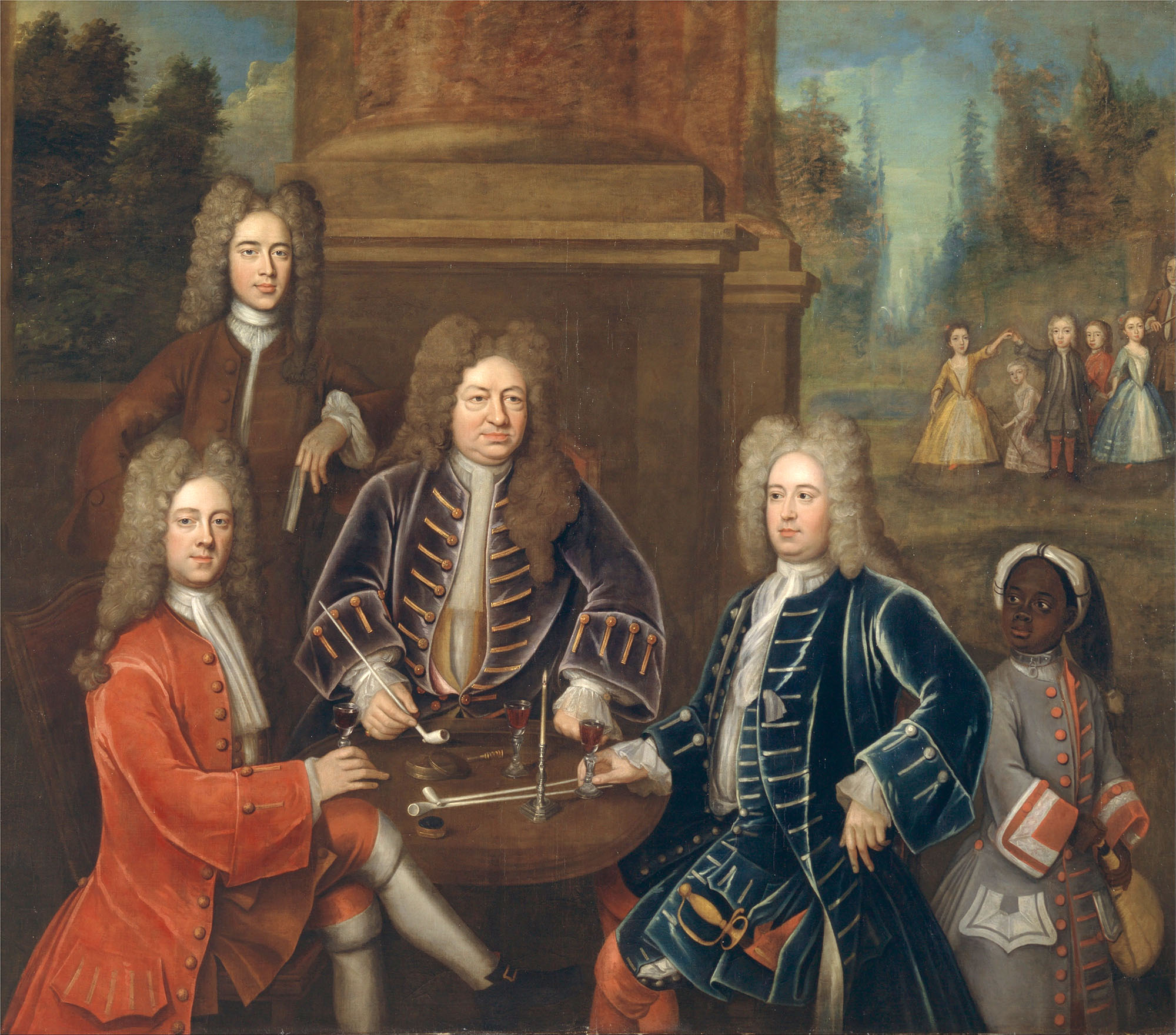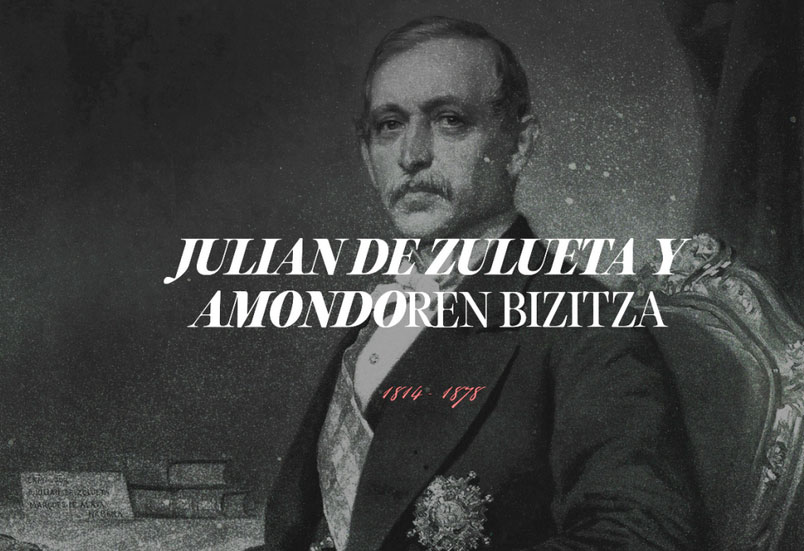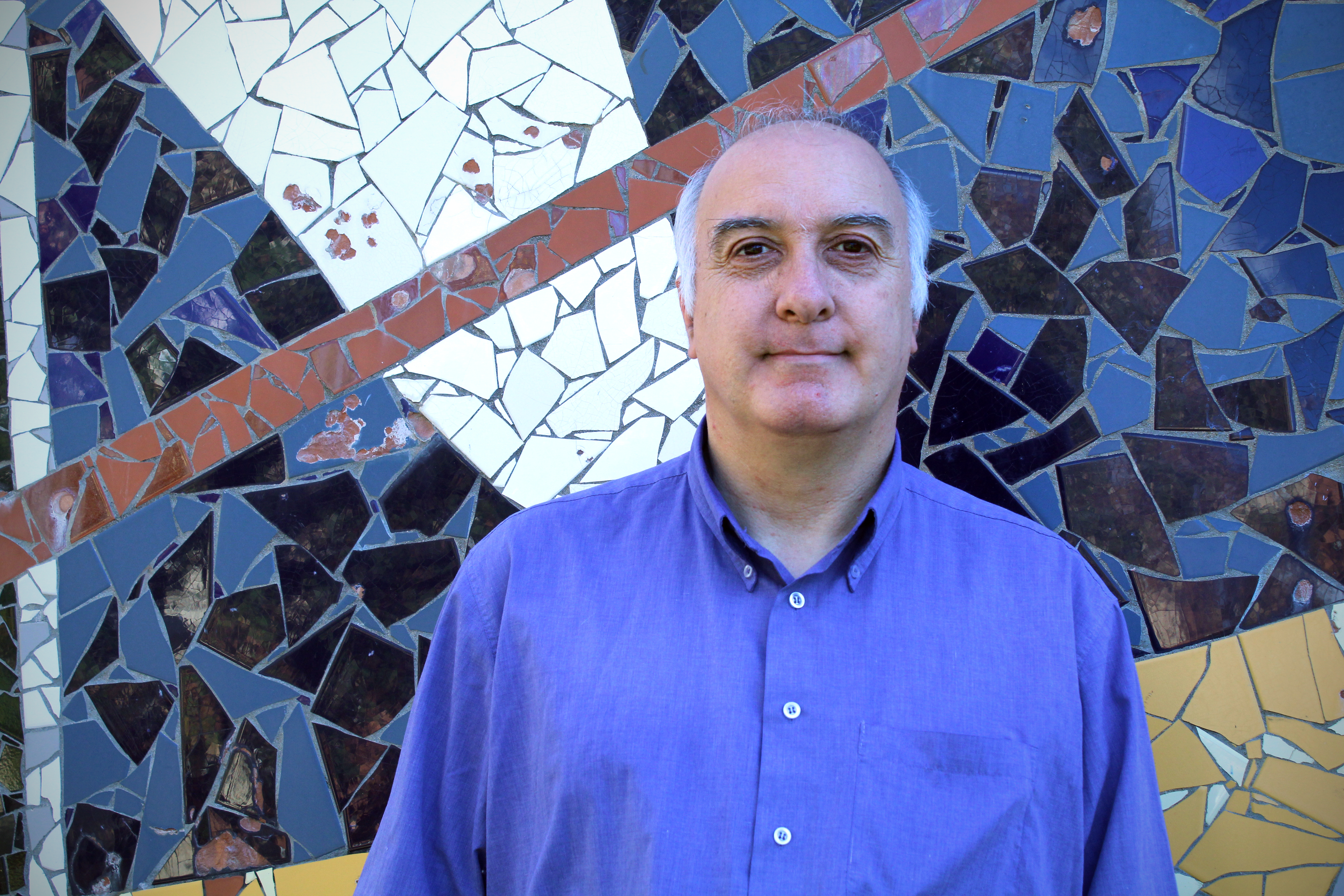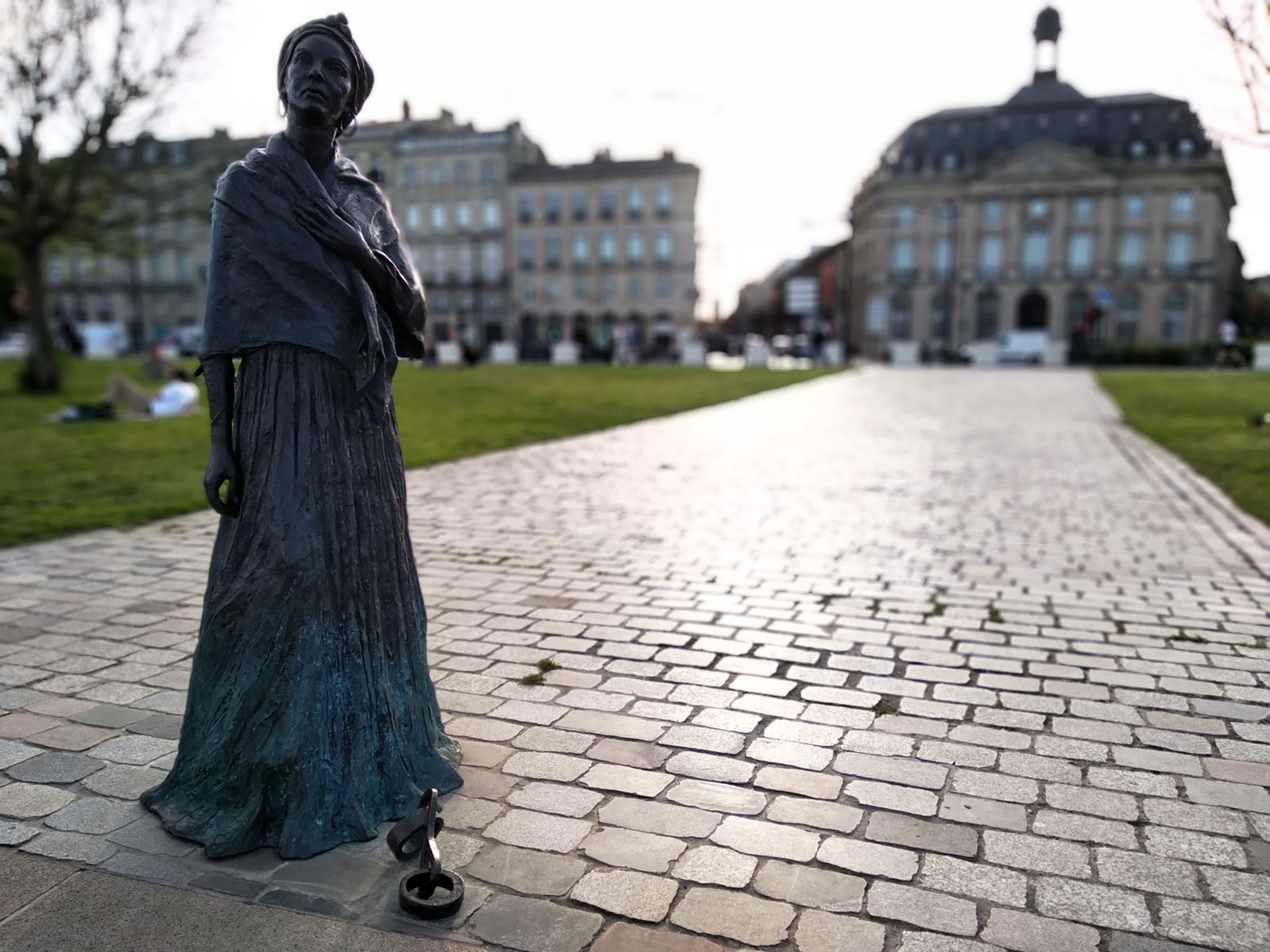Lost in a less peaceful ocean
- A Coruña, 24 July 1525. The expedition, composed of seven boats, departed with the objective of the Moluccas Islands. Carabelas de Santa María de la Victoria, Sancti Spiritus, La Annunciada, San Gabriel, Santa María del Parral, San Lesmes and Santiago, four of them made in Bizkaia.
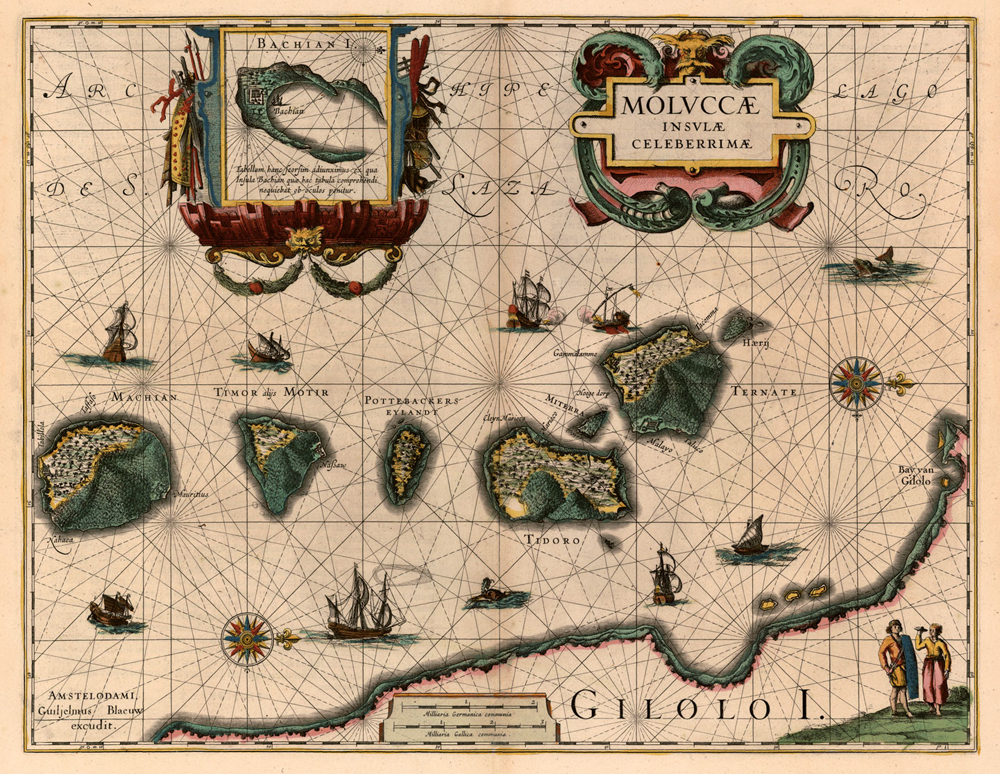
The Moluccas were also called the Species Islands, and that was the goal of the expedition. Carlos V.ak needed money to pay for the wars that had been unleashed everywhere, Juan Sebastián Elkano, from Getaria, had just demonstrated that he could travel to the Pacific through South America, so the king rushed to grant him an adventure that would provide him with significant economic income. García Jofre de Loaisa (1490-1526) was the head of the expedition and Elcano himself was his second head. He was not the only Basque, his three brothers left with Elkano and many more: Gebara, Areizaga, Urdaneta, Uriarte, Gorostiaga...
Two of the seven boats sank rapidly and one third moved back to the Iberian Peninsula. Four carabelas arrived in the Pacific. Santa Maria de la Victoria would reach Molucca alone. Shortly after crossing the Strait of Magellan, another storm scattered the boats and San Lesmes, mainly composed of Basques, was lost forever. However, Australian historian Robert Langdon wrote in The Lost Caravel that the ship did not sink and that the sailors left vestiges in Polynesia and New Zealand. In the 17th century, both the Getariarra Domingo Bonaetxea and Captain Cook found these signs: Western features on some of their faces, way to say goodbye, maritime orientation methods... And Bonaetxea had also seen a cross.
One year after the departure of the expedition, Loaisa died on 30 July 1526, and a week later, Elcano himself. Toribio Alonso de Salazar, treasurer of the Commissions, happened to them and on September 5 he arrived in the Islands of the Thieves, the current Marianas. There, by chance, he met a colleague from the Magellan expedition. Gonzalo de Vigo was Galician, he was naked, “the hair reached to the buttocks” and had learned the language of the natives.
Eleven years after the departure of the expedition, the first sailor returned to the Iberian Peninsula: Andrés Urdaneta was from Ordizia.
From the Mountain of Navarre, thousands of people took to America in the 19th century to survive in grazing or other activities. Historian Raquel Idoate recovers in her thesis the history of some 4,000 of them: how the trip was made, how they were invested in, roles about... [+]
We are in the most industrialized territory of the Basque Country, the Left Margin of the Ibaizabal, or the Ría de Bilbao, if you will. Here the fireplaces had ordered it once. But to feed them, we used not only coal, but also the sweat of thousands of workers, and even more,... [+]
The epic is built on the lives of many men and knowing that makes society more mature.” The writer Bibiana Candia is right. In Azucre (Pepitas de Calabaza, 2021) we are told the tragedy of the enslaved Galician migrants of the 19th century, but that story would have been... [+]
Despite the black skin and curly hair, they remained invincible men, with the intelligence and resentment of human beings.” So he wrote about the slaves CRL James in the book Jakobino Beltzak, who masterfully narrates the Haitian revolution. So many brutalities, torture and... [+]
If you manage to escape the multitude of tourists and look from the Concha railing to the Donostia pier, perhaps the imagination will accompany you in the time when it was an intense marine commercial city, in which the soundtrack of the gulls will accompany you. Perhaps you are... [+]
Killingworth (Connecticut, USA), 1701. They founded Collegiate School. In 1716 the new school was transferred to New Haven and two years later, in 1718, it was named Yale, one of the most prestigious universities in the United States and the world.
Businessman Elihu Yale... [+]
Julian de Zulueta esklabista arabarraren inguruko erakusketa ikusgai dago LABE espazioan.


















